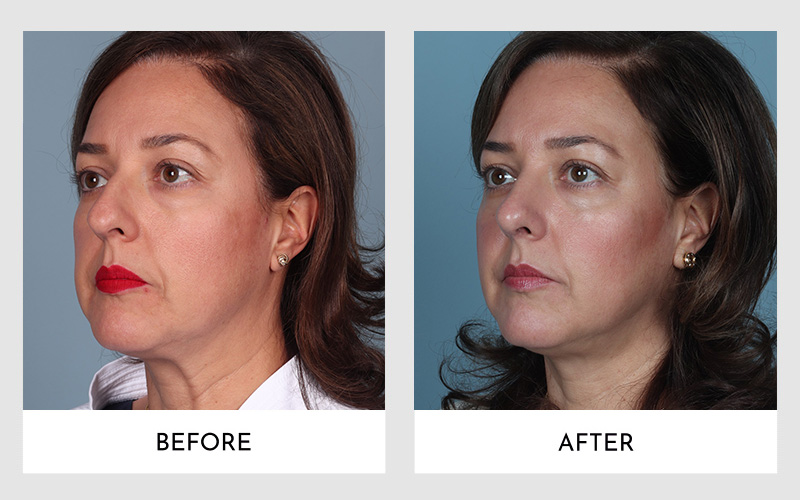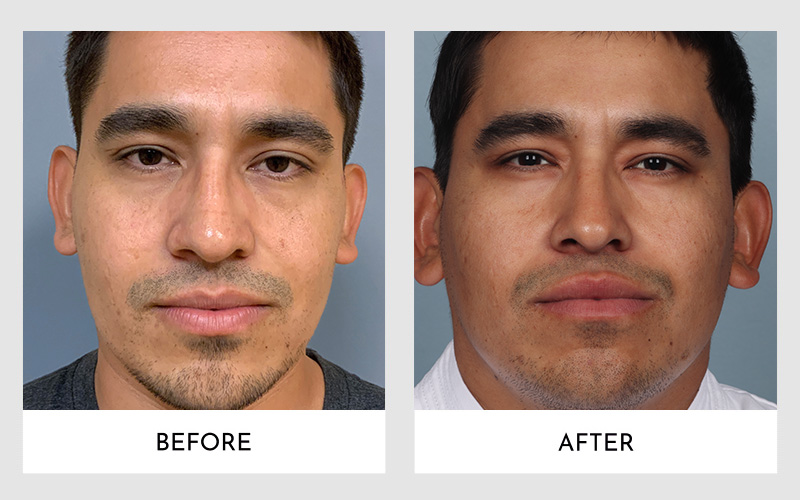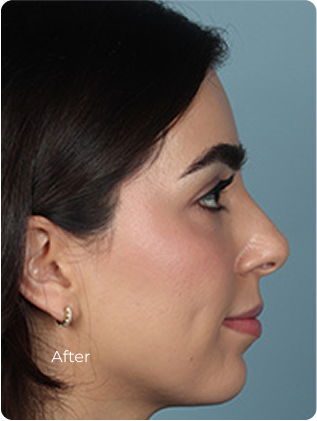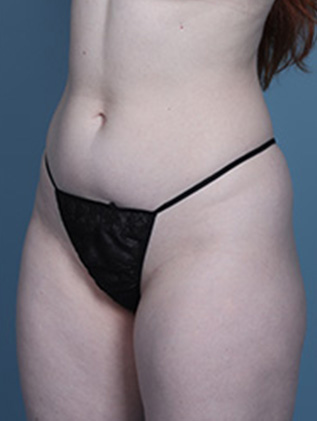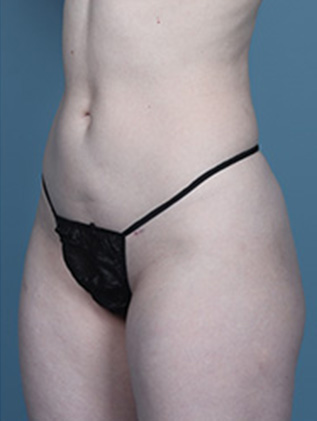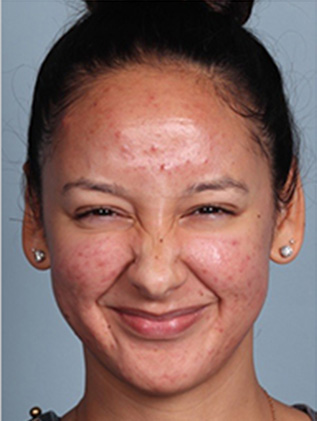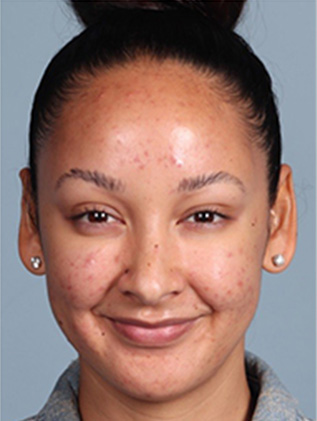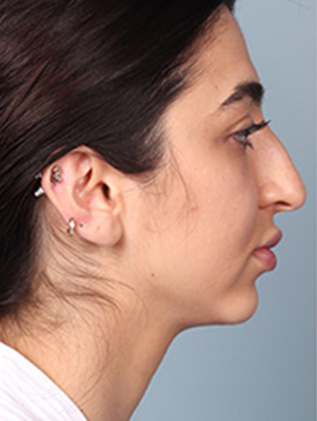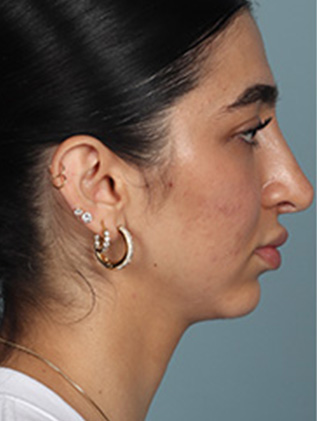The decision to alter your nose can vary based on your desired outcome. The main difference between open and closed rhinoplasty lies in the approach to accessing the nasal structures. In open rhinoplasty, the surgeon makes a small incision across the columella, which allows for better visibility and access to the nasal framework. Conversely, in closed rhinoplasty, the surgeon makes all incisions inside the nostrils, resulting in no external scarring but limited visibility.
To understand whether the open or closed rhinoplasty is right for you, it is important to understand the difference between these two procedures. In this section, we will discuss the main differences and benefits of each approach.
An Expert Guide
This article is based on the years of experience of Dr. Luis Macias, a highly renowned, double-certified plastic surgeon based in Marina del Rey. Specializing in open and closed rhinoplasty, Dr. Macias is a member of The Rhinoplasty Society.
Here, we share his tried-and-tested recommendations to help you make an informed decision about your rhinoplasty.
Open Rhinoplasty
Open rhinoplasty is a surgical technique that involves making an incision on the outside of the nose along the columella (the strip of skin that separates your nostrils). This lets the surgeon lift the skin and soft tissue covering the nose, providing a direct view of the nasal structure. Surgeons often use it for more complex cases requiring significant nasal structure changes.
During an open rhinoplasty, an incision extends from the inner margins of the nostrils and crosses the external undersurface of the nose, called the columella. This access allows the surgeon to better view all the structures that make up the nose.
The Approach of Dr. Luis Macias to Open Rhinoplasty
Expect Dr. Macias to make two incisions inside the nose and one additional incision connecting them across the columella. The latter is called a trans-columellar incision. Its main function is to allow the surgeon to open the skin of the nose and view the entire nasal structure.
He will raise the cartilage and bones through those openings and gently reshape the nasal structure. The incisions allow him to raise bone or cartilage or graft cartilage to the area. In case of a deviated septum, Dr. Macias will straighten it to improve breathing.
After finishing the surgery, Dr. Macias will close the incisions and place splints and gauze in the nose to promote healing.
Dr. Macias recommends relying on the open rhinoplasty approach when:
- a patient needs significant refinement of the nasal tip
- dramatic changes in the nose’s size or shape are necessary
- patients’ noses are particularly thick-skinned
Surgeons at Aesthetic MdR perform the rhinoplasty procedure in the operating room under general anesthesia. The procedure usually lasts two to three hours (of course, this varies depending on the extent of the surgery).
Consult with Dr. Macias about open rhinoplasty.
Closed Rhinoplasty
A closed or non-invasive rhinoplasty is a minimally invasive surgical procedure that uses two small incisions inside the nose. In this case, there is no trans-columellar incision. Instead, the surgeon will use small tools to access and reshape the nasal structures through those openings. The closed approach is less invasive and has a shorter recovery time.
The Approach of Dr. Luis Macias to Closed Rhinoplasty
Dr. Luis Macias will welcome you in his comfortable state-of-the-art Marina del Rey office. In the case of the closed rhinoplasty, Dr. Macias will make two small incisions inside the nostrils. The incisions will be hidden, so there will be no visible scarring. He will use specialized instruments to reshape the nasal structure and achieve the desired shape and size through those openings.
Because the incisions are inside your nose, you’ll not have disrupted skin or tissues in other areas. As a result, there will be less swelling and bruising after surgery.
The doctor will close incisions with sutures. It means you’ll not have to return to remove any internal devices.
In most cases, surgeons perform this procedure under general anesthesia, leading to a quick recovery. The surgery usually takes one to two hours, depending on the case’s complexity.
Consult with Dr. Macias about closed rhinoplasty.
Should I Choose the Open or Closed Rhinoplasty? Comparison of the Main Parameters
Here’s what Dr. Luis Macias usually recommends regarding open versus closed rhinoplasty.
Your Desired Goals
- Closed rhinoplasty provides temporary, reversible results. It’s usually used to improve the nasal profile, enhance nasal tip projection, minimize bridge contour irregularities, and similar. It’s for patients with no functional issues with their noses and looking for a quick solution. It’s also convenient for those who don’t want to go under the knife and want to try a non-surgical approach first.
- Open rhinoplasty is more versatile and can address various aesthetic concerns of the nose. It’s the choice to fix structural problems, increase or reduce nose size, modify nostril shape, etc. Open rhinoplasty improves overall facial harmony, alleviates breathing problems, corrects nasal bumps and humps reduces snoring, and solves similar complex issues.
Scarring
- Closed rhinoplasty is non-invasive and leaves no visible scars. Not only that, but it also doesn’t involve any tissue damage or the need for splints. The procedure is safe and gentle, with minimal pain or bruising, and requires little to no downtime.
- Open rhinoplasty involves a small incision on the columella (the narrow strip of tissue between the nostrils) which is virtually invisible once healed. It’s inconspicuous and doesn’t affect your overall appearance in any way.
Surgical Time
- The procedure of closed rhinoplasty takes less time and is easier for the surgeon to perform. It usually lasts from 30 minutes to 2 hours, depending on the complexity of the patient’s case.
- Open rhinoplasty requires more time and precision. The surgical process is longer (between 1- 4 hours) due to its intricate nature. It involves making precise incisions and manipulating underlying structures to achieve desired results.
Recovery Time
Recovery time for both processes is going to be roughly the same. Usually, it’s up to one year for the complete recovery. In some cases, this may take longer if there are any complications or if the patient has not followed post-op instructions properly.
Both procedures may cause minor discomfort, swelling, and bruising immediately after surgery. Note that the bruising will subside however, swelling may take up to one year to completely dissipate. The patient may also experience a temporary change in their sense of smell and difficulty breathing through the nose, but this usually resolves within a few weeks.
If you have dark circles around your eyes, full recovery may take up to 6 months.
How to Understand If the Open or Closed Rhinoplasty Is Good for You
At Aesthetics MdR, Dr. Macias will help you imagine the results of both procedures with cutting-edge 3D Vectra imaging. With this system, he will create a three-dimensional image of your face and alter your nose so you can see the potential results and choose which method would suit you best.
Contact Aesthetics MD today to schedule your consultation and find out which rhinoplasty procedure is right for you.
The Open or Closed Rhinoplasty: FAQ
Q: Is the cost of an open rhinoplasty significantly higher than a closed rhinoplasty?
A: Pricing will be based on Dr’s expertise and how much time will be in the OR. The exact cost will depend on individual factors and should be discussed during consultation.
Q: Will there be visible scars after the surgery?
A: With closed rhinoplasty, any incisions are hidden inside the nostrils, so there will be no visible scarring. Open rhinoplasty makes a small incision on the columella (the skin between the nostrils), but it typically heals well and becomes barely noticeable over time.
Q: Is open rhinoplasty more painful than closed rhinoplasty?
A: Both procedures require some pain management techniques. Both procedures are performed under anesthetic. Of course, with open rhinoplasty, you will experience more after-surgery discomfort, but this will pass in a few days.
Q: Which technique is better for revision rhinoplasty?
A: Revision rhinoplasty involves correcting a previous nose surgery. In this case, open rhinoplasty may be the preferred technique as it provides greater access and visibility to fix any issues.
Q: How long does it take to recover from open or closed rhinoplasty?
A: While most people can return to work and normal activities within 1-2 weeks, the full recovery process can take up to a year. Swelling and bruising may last several weeks but gradually improve over time.
Q: Can I still have an open or closed rhinoplasty if I have a deviated septum?
A: Yes, both techniques can be used to correct a deviated septum. Septoplasty (correction of a deviated septum) is often performed in conjunction with rhinoplasty to improve the nose’s function and appearance.
Q: Will I need to have my nose packed after the surgery?
A: In most cases, nasal packing is not required after a rhinoplasty. However, your surgeon may use nasal packing if there is significant bleeding or swelling.

